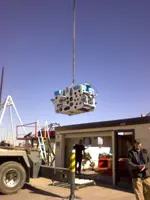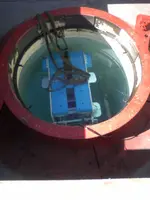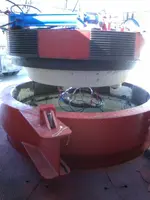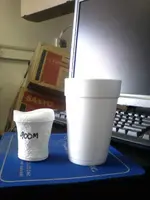mojosavage
Greenie
- #1
Thread Owner
Hello all!
I am doing some research and wanted to tap into the expertise of this excellent forum.
I am interested in learning all I can about deep water salvage techniques that are currently employed as they relate to modern sunken vessels. I have found some sketchy info here and there on the web but was hoping that someone could point me to some better resources such as books, websites, or other materials on the subject. Your learned opinions are also welcome as to the most cost effective way to raise cargo from ships.
My focus would be on modern steel wrecks relatively intact with cargo in their holds in depths ranging from 500 - 3000 meters. I appreciate your time and help with this.
ms
I am doing some research and wanted to tap into the expertise of this excellent forum.
I am interested in learning all I can about deep water salvage techniques that are currently employed as they relate to modern sunken vessels. I have found some sketchy info here and there on the web but was hoping that someone could point me to some better resources such as books, websites, or other materials on the subject. Your learned opinions are also welcome as to the most cost effective way to raise cargo from ships.
My focus would be on modern steel wrecks relatively intact with cargo in their holds in depths ranging from 500 - 3000 meters. I appreciate your time and help with this.
ms










